Forklift manufacturers divide their products into specific classes of design and capacity. These classes primarily depend on the type of engine and tires that are used. Cushion or solid tires do not need air inflation, and, as a result, puncture less easily and require less monitoring and significantly less maintenance than pneumatic tires. They are used commonly for forklifts in outdoor applications where the terrain is typically rougher, but can also be used indoors. On the other hand, pneumatic tires give load vibration padding and allow for increased traction and a more comfortable ride for the operator.
Another factor in the classification of forklifts is the nature of counterbalance in the vehicle. Counterbalancing uses specifically placed weights to prevent the lift from toppling over under the weight of a load. This method is far more convenient than the other alternative of placing supports under the loads. Important factors to consider when exploring forklifts options are vertical lift travel and lift capacity. Vertical lift travel is the height to which a forklift or reach truck can extend, while lift capacity refers to the largest weight capable of being handled by the lift. Vehicle performance is directly affected by these factors and will determine the added value of a forklift truck to a specific application.
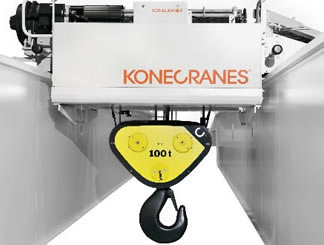 Cranes
Cranes Electric Hoists
Electric Hoists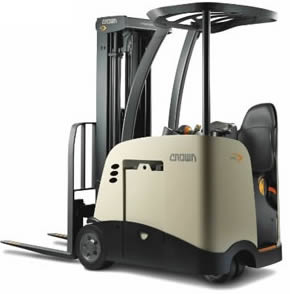 Forklifts
Forklifts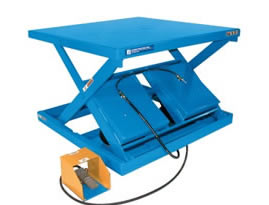 Hydraulic Lifts
Hydraulic Lifts Rope
Rope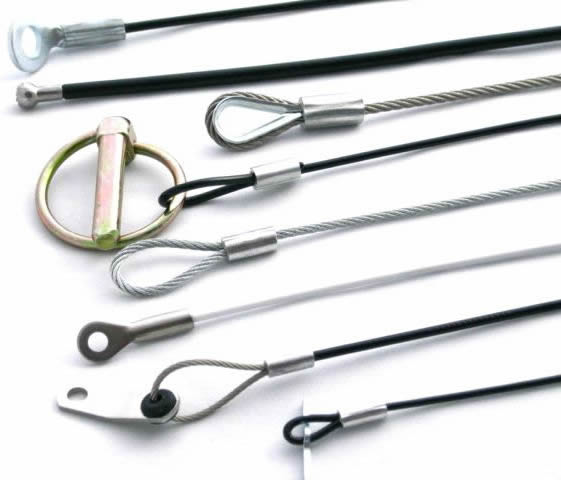 Wire Rope
Wire Rope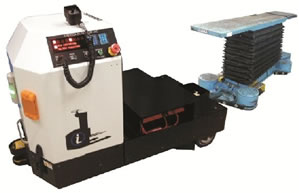 AGV
AGV Air Pollution Control
Air Pollution Control Assembly Machinery
Assembly Machinery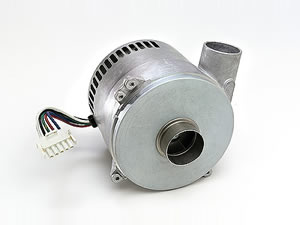 Blowers
Blowers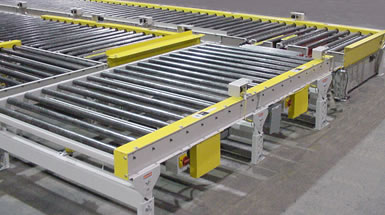 Conveyors
Conveyors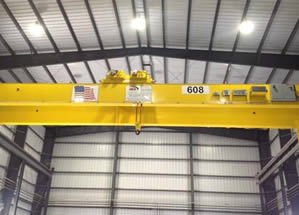 Cranes
Cranes Deburring Machinery
Deburring Machinery Dust Collectors
Dust Collectors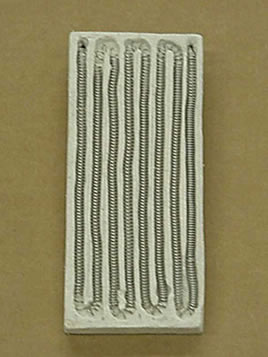 Heaters
Heaters Hose Reels
Hose Reels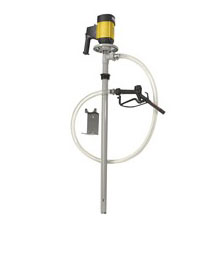 Lubricators
Lubricators Mezzanines
Mezzanines Modular Buildings
Modular Buildings Storage Racks
Storage Racks Ultrasonic Cleaners
Ultrasonic Cleaners Work Benches
Work Benches